#Ingushetia
Text

vainakh tower architecture is a historic style of architecture characteristic to chechnya and ingushetia. they've been noted as far back as the 1st century, but most we see today were built between the 15th-17th. the towers are built with stone blocks, range from 10-25 meters high, and feature walls which taper the higher the tower reaches. they were multi-purpose, used as silos, residence, and fortresses. wealthier families usually had at least one built for their community.
these towers, located in niy, ingushetia, are clustered together because they were built for defensive purposes. the "pyramid roofs" are unique to ingushetia, but similar roofs can be seen in other types of caucasian architecture, such as in nearby ossetia.
22 notes
·
View notes
Text
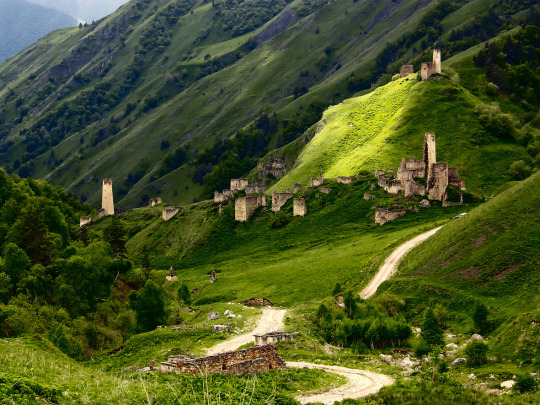



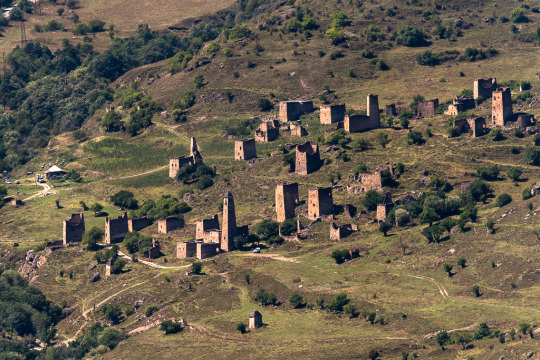
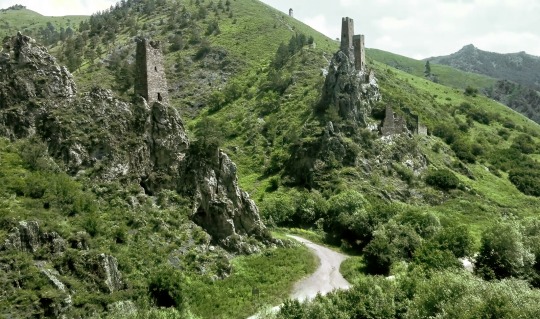
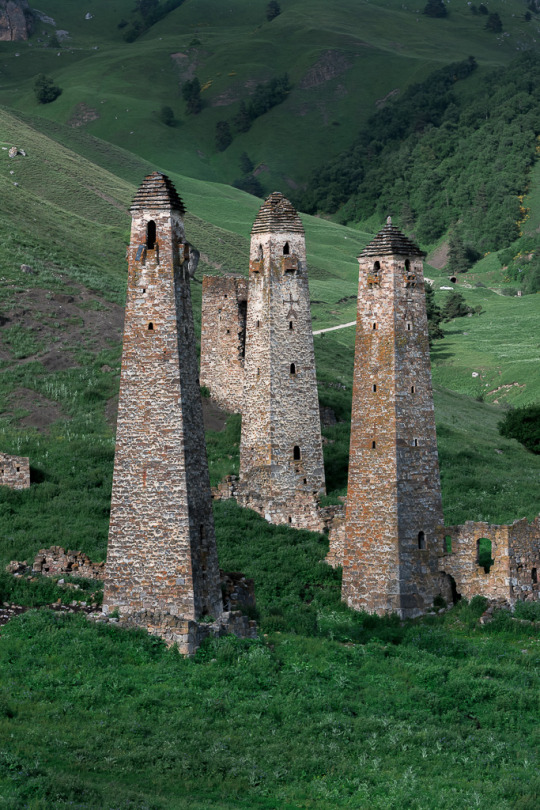

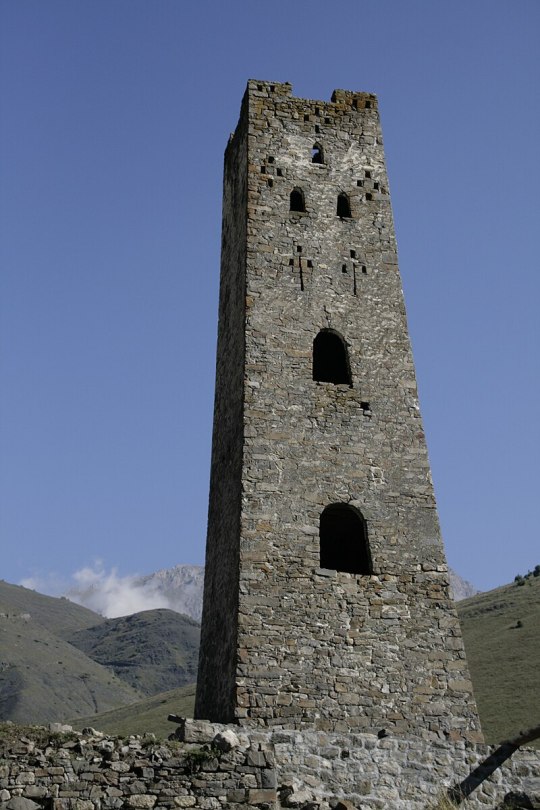
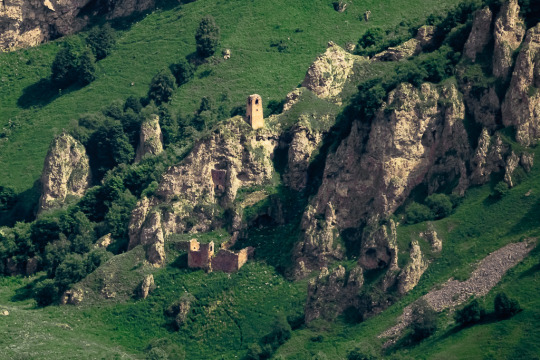



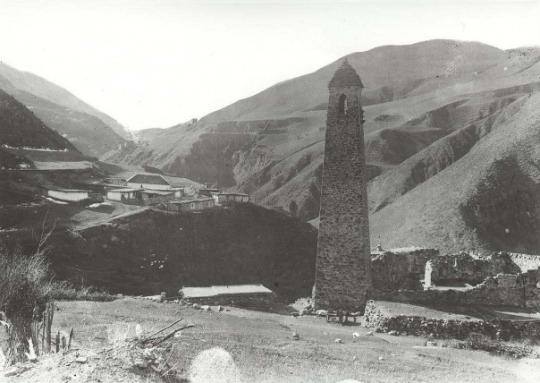

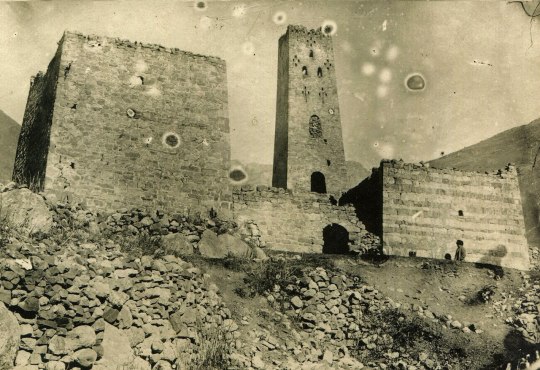


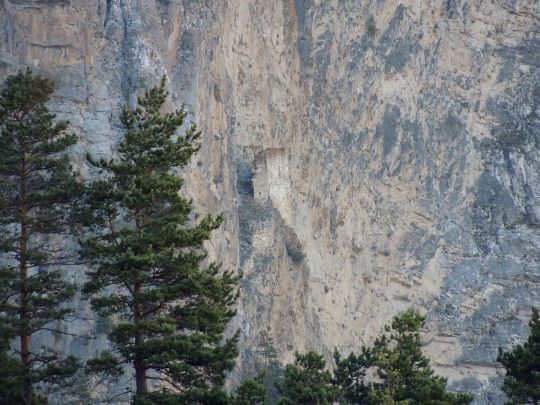
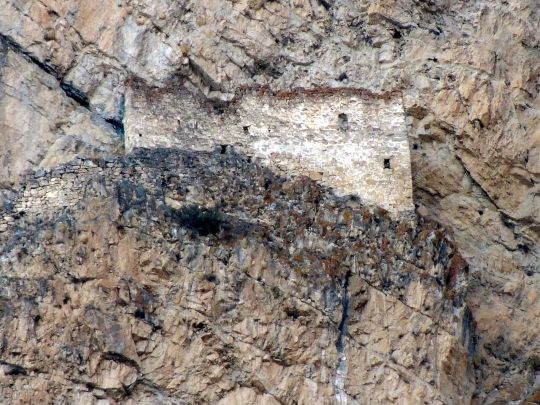
Towers and fortifications in Ingushetia, North Caucasus, Russia.
14 notes
·
View notes
Text
caucasus❤️🔥

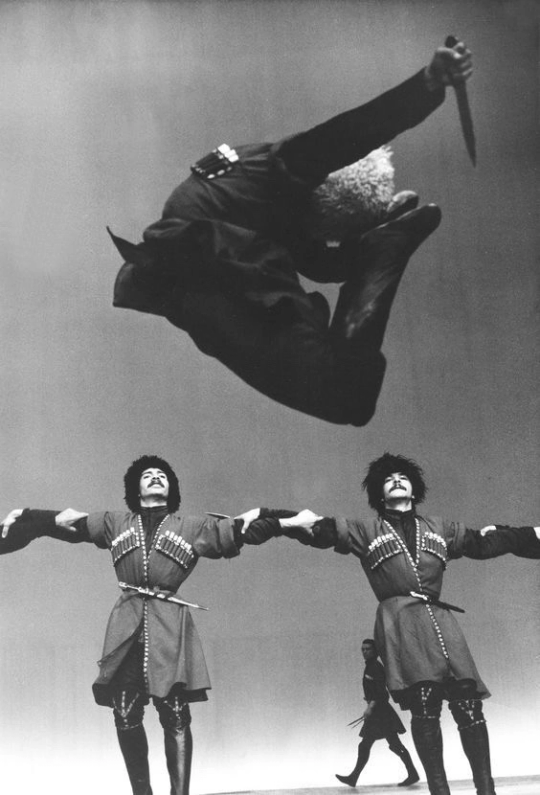
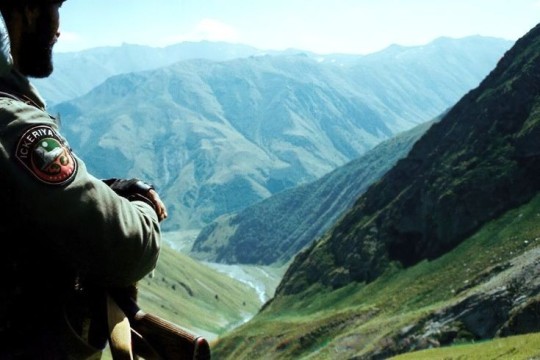
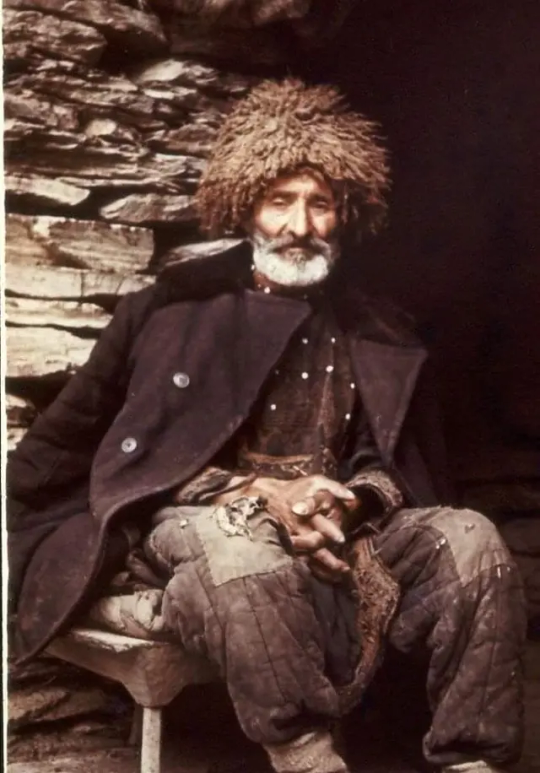



#north caucasus#caucasus#south caucasus#caucasian mountains#caucasian#the caucasity#nature#mountians#georgia#chechnya#ingushetia#dagestan#ossetia#eastern europe#ethnicwear#national clothes#pintetest#boarding#aesthetic board#aestethic
16 notes
·
View notes
Text
okay I'm curious. this poll is for caucasians only
#i always felt culturally alienated from russians and slavic ppl in general for obvious reasons#but i wonder if that's the case for other ppl from caucasus#caucasus#circassia#dagestan#chechnya#ingushetia#kabardino-balkaria#karachay-circassia#adygea#armenia#georgia#also pls reblog to widen the scope!!
44 notes
·
View notes
Text
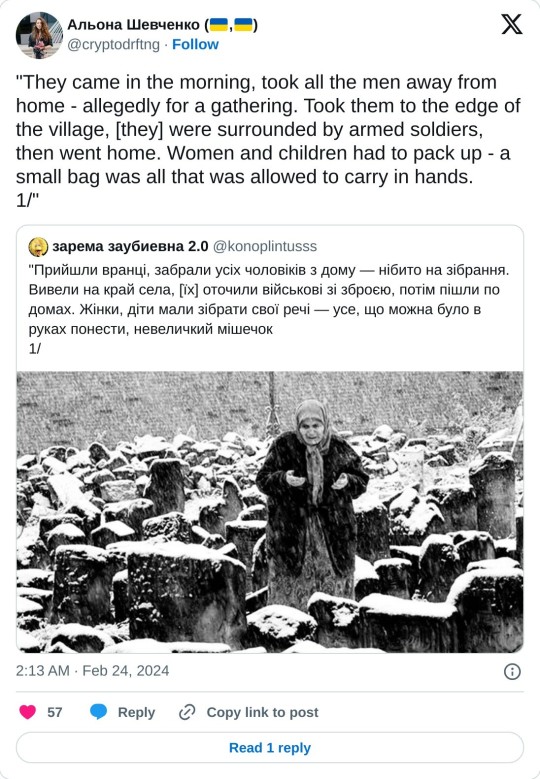
Go to twitter for the full thread. It is important.
7 notes
·
View notes
Text

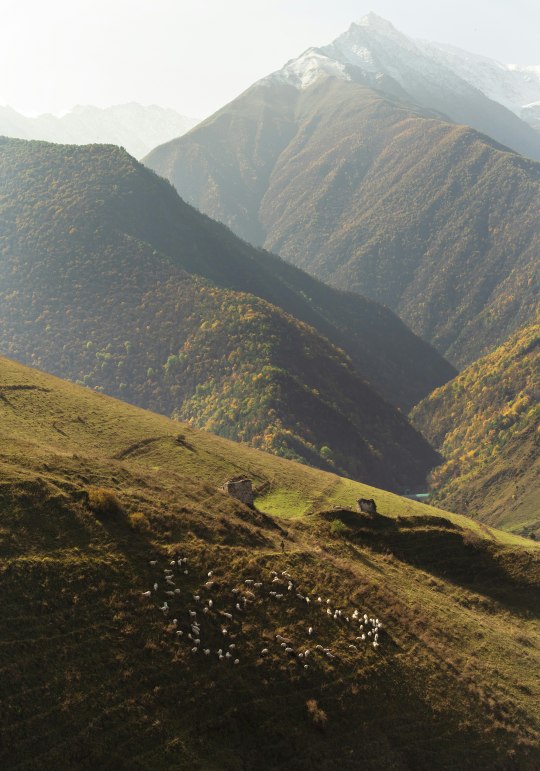

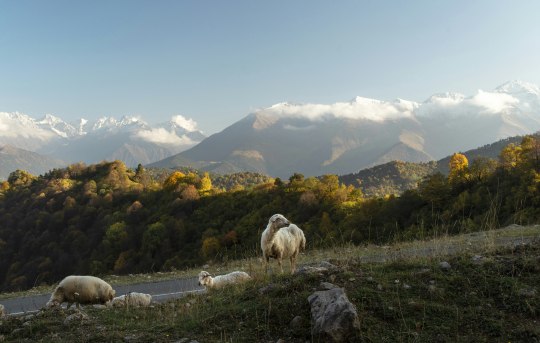
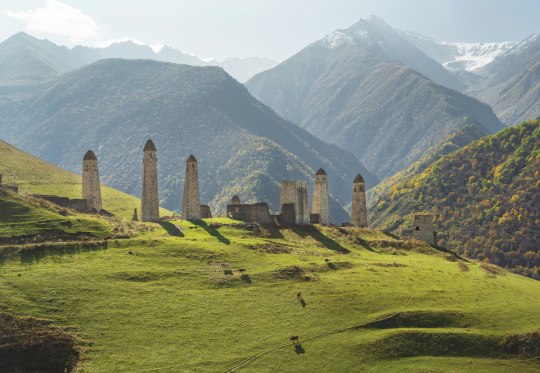
Egikal, Ingushetia, Russia
Evgeny Matveev
6 notes
·
View notes
Text

Babuli Tsoloev, russian wrestler from the Ingushetia region.
14 notes
·
View notes
Text


"Pray for someone that will hold your hands and lead you to the Jannah."
#islam#islamquotes#allahlovesyou#couple#religon#lovers#north caucasus#kavkaz#quotes#islampost#allahswt#ingushetia
24 notes
·
View notes
Text
23 февраля. Массовая депортация Ингушей и Чеченцев.
#Caucasian#non-russian#indigenous russian#indigenous russia#Nakh#Chechnya#Чечня#Chechens culture#Культура Чеченцы#Ingushetia#Ингушетия#Ingush culture#Культура Ингуши
13 notes
·
View notes
Text
Ingush Grammar
[Ingush Grammar. Johanna Nichols. First Edition: March 2011. University of California Press. Series: UC Publications in Linguistics. Pages: 830. Trim Size: 7 x 10 inches. Illustrations: 1 map. Paperback. ISBN: 9780520098770]
Readers of my book reviews cannot help but notice my interest in – nay, my fascination with – linguistics and languages. I am no stranger to Professor Nichols’s work: I read her award-winning treatise Linguistic Diversity in Time and Space a few years ago and was captivated by her command of language reconstruction principles. Recently, it came to my attention that there might (in principle) be a call for persons to assist in national security-related activities who are fluent in, or at least familiar with, the Northeast Caucasian languages, especially Chechen and Dagestani. The language discussed here, Ingush, is a closely-related language with a relatively high degree of mutual intelligibility with Chechen, Dagestani and Baltsi. Since I couldn’t find a suitable book from which to learn Chechen, I thought I’d check this tidy little volume out.
“Tidy” is not the correct word for this work. It tips the scales at almost 800 pages. However, it is an undeniable tour-de-force of scholarship in the documenting of a comparatively obscure language. Prof. Nichols herself acknowledges that this tome is the culmination of about 30 years of work with Ingush, at least ten of which were spent in the homeland of the language itself, a region now known as Ingushetia in southern Russia adjacent to the Republic of Georgia and Chechnya.
The Northeast Caucasian languages are a small primary language family spoken almost exclusively in the region between the Republic of Georgia and the north end of the Caspian Sea. Significant cities in this region are Ongusht (whence the name Ingush), Groznyy (the capital of Chechnya) and Makhachkala (the capital of Dagestan). Though these languages share many features with Georgian (known as Kartuli to its speakers) and the similarly-named Northwest Caucasian languages (examples are Abkhazi and Cherkessian), they are not, in fact, related to them in any meaningful way. This may seem surprising when one looks at a map of the region. The area covered by these three language groups (Georgian is part of its own tiny language family called the Kartulian languages) is fairly small. However, the area is peppered with mountain ranges that have carved it up geographically to a point where very ancient steppe peoples had settled in individual valleys and had no direct contact with even neighboring valleys for centuries. Little wonder, then, that language families developed independently from a still-more-ancient proto-language (as yet unidentified or classified).
Ingush, as alluded to in the previous paragraph, was named after a prominent community in its sprachbund, or speaking area. Ingush people do not use this term, referring to their language as vai mott (our language) or, if speaking to non-Ingush speakers, vai neaxa mott (our people’s language). Given that the homeland for this language has at least three well-defined geographic zones (alpine highlands, piedmont, and plains), it is not surprising that various dialects of Ingush have emerged. All of these dialects are highly mutually intelligible, far from any objective criteria that would categorize them as distinct languages in their own right.
Nichols herself, in the introductory material, lists Ingush as one of the most morphologically complex languages in her experience, outstripping even daunting native American languages like Lakhota (a Siouan language of the northern Great Plains) and Halkomelem (a Salishan language from the Pacific Northwest in the USA). Ingush has unusually large inventories of elements (phonemes, etc.), a high degree of inflectional synthesis in the verb (this is similar to some native American languages, especially the Athapaskan group) and a variety of categories of words, many of which do not have an analogue in English or any Indo-European language. She comments that this might go some way toward explaining why this book took 30 years to produce!
Since the volume is so detailed, I will simply summarize my observations of its style and completeness. I confess that I haven’t actually read the entire volume – I’ve probably read about 150 pages, or nearly 20% of it all told – but I have dipped into it in various places along its length to see what it was all about. It is impossible for me to imagine that Prof Nichols missed anything; every conceivable component of Ingush seems to be covered here. The book has 35 major sections, any one of which is worthy of at least a semester-long course of study (for the subject itself, not necessarily for Ingush per se). Her writing tone and style strike an admirable balance between being very scholarly (it certainly is that) and yet being profoundly informative to a non-specialist like myself who is also not a trained linguist.
The best affirmation I can make of this book is that it is quite possibly the best template for any field linguist to follow when documenting and characterizing a language. This is certainly true for someone working with an Endangered language, of which there are literally thousands still being spoken (some just barely) in the world today. The level of commitment Prof Nichols has brought to bear on this work seems nothing short of miraculous.
This is definitely not a book for just anyone. Like attempting to read all of Proust in the original French while not actually speaking French, a true appreciation of this book requires enormous patience and strong memory skills. Prof Nichols refers to sections back and forth across the book, of necessity since linguistic elements do not exist in a vacuum. That said, to truly appreciate the scope and even grandeur of this volume will command great mental agility and focus. For anyone who is up to the challenge, I say, “Good luck – and enjoy!” Even if you never speak Ingush or travel to that part of the world, this book will teach you something useful, edifying, and mind-expanding.


[Photo credits with thanks to : Book cover © 2011 University of California Press / Portrait © 2012 Wissenschaftskolleg zu Berlin]
Kevin Gillette
Words Across Time
28 September 2022
wordsacrosstime
#Kevin Gillette#Ingush Grammar#Words Across Time#wordsacrosstime#September 2022#University of California Press#Johanna Nichols#Linguistics.#Language Reconstruction#Northeast Caucasian Languages#Chechen#Dagestani#Ingush#Baltsi#Ingushetia#Southern Russia#Republic of Georgia#Chechnya#Caspian Sea#Ongusht#Groznyy#Makhachkala#Dagestan#Kartuli#Northwest Caucasian Languages#Kartulian#vai mott#Lakhota#Siouan#Halkomelem
14 notes
·
View notes
Text

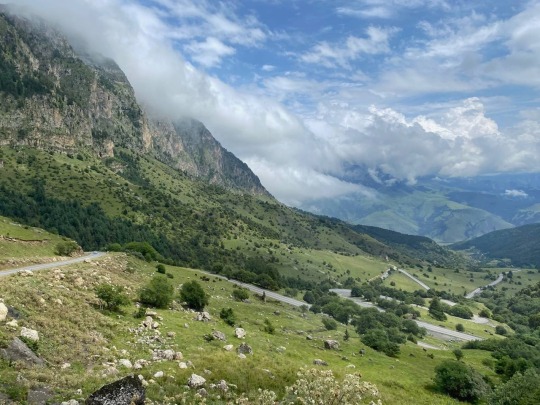


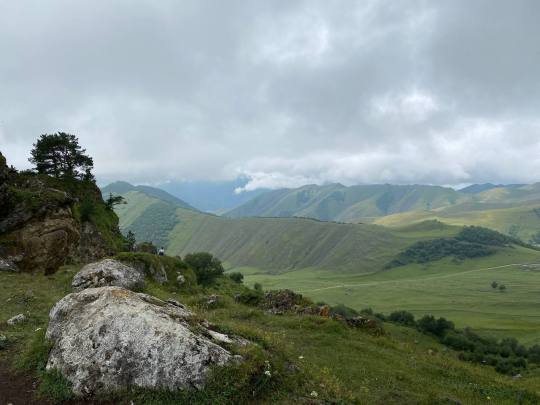
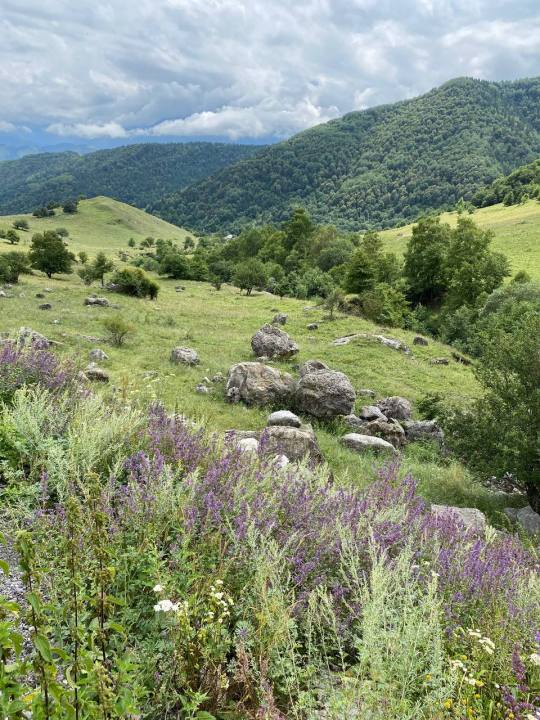
17 notes
·
View notes
Text
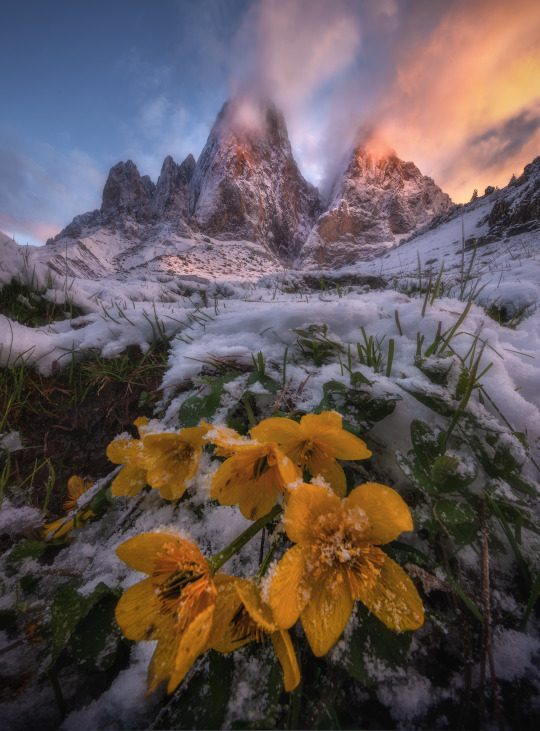
Photo of The Day
3 notes
·
View notes
Text

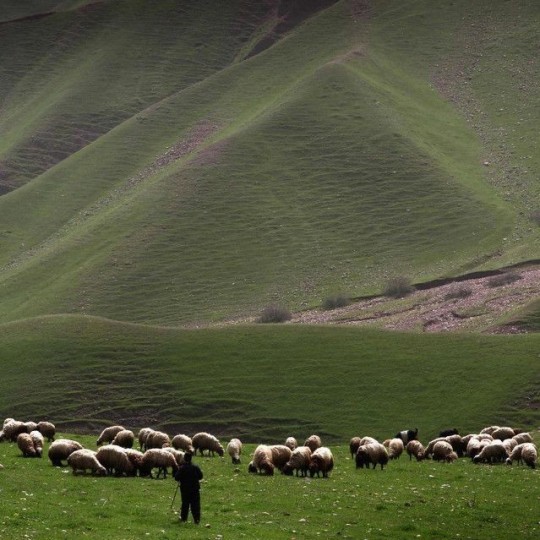



caucasian nature🏔🐑⚔️🧶




#north caucasus#caucasian#caucasus#chechen#ingushetia#dagestan#nature#mountians#caucasian mountains#aesthetic board#boarding#noxchi#kavkaz
8 notes
·
View notes
Text
Russia. Nazran. Memorial of memory and glory
Назрань. Мемориал памяти и славы
#2016#autumn#ingushetia#memorial#memorial for the memory of victims of political oppressions in n#memorial of memory and glory#nazran#november#russia#ингушетия#мемориал#мемориал девять башен#мемориал памяти и славы#назрань#ноябрь#осень#россия#flickr#russian tumblr#русский tumblr
0 notes
